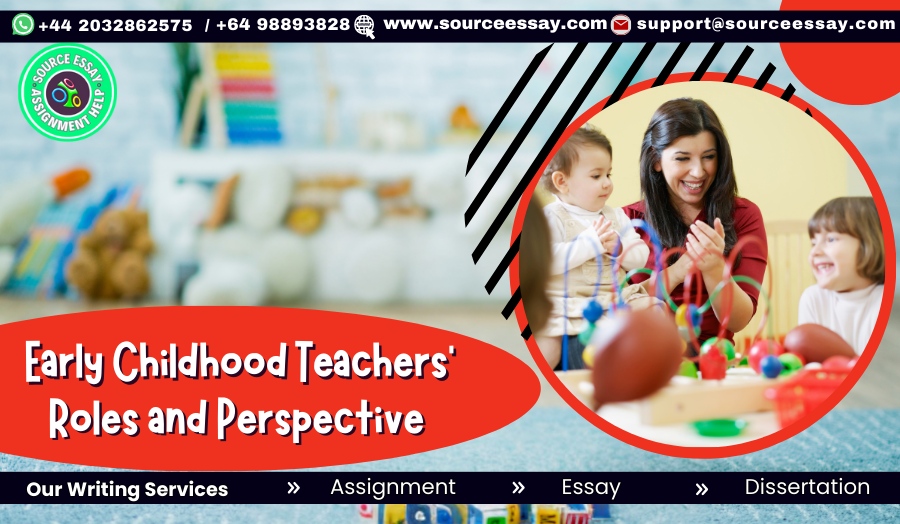Emotional, cognitive, and social skills
The process of socialization starts in the family, and it is essential in the classroom. When it comes to early childhood education, educators can play a pivotal role in fostering a sense of collaboration among students, as they are part of a peer group. This approach has started to gain momentum and recognition, as it can be beneficial for the generation.
Why are we emphasizing that collaborative activities bring better opportunities for the younger generation, as it will be helpful in developing their emotional, cognitive, and social skills, which are the foundation for effective problem-solving and communication teamwork, according to the research by Johnson and Johnson (2019)?
Sense of preparedness
Nevertheless, whenever we emphasize teacher practices, which are expected to be aligned with the numerous available frameworks, we can enhance their teaching practices.
When it comes to teaching all the common code standards, it highlights the sense of preparedness among the students for their academic achievement, regardless of their performance in the academy.
Some fundamental skills
Whenever we emphasize teachers, we must recognize certain criteria to create pupils who can collaborate effectively with their peers. They are required to have some fundamental skills. Mere active listening skills along with speaking skills will not suffice; it also requires establishing a cornerstone with constructive feedback given by the educator.
According to a 2018 webb resource, the skills that are important for achieving effective collaboration can be taught systematically in the classroom with deliberate strategies. For example, a teacher can involve students by providing them with proper social and emotional skills, which manifest in a grounded approach.
Cooperative learning can take place
Where modeling expected behavior can be taught, it can lead students on the path of harmonious group interaction. However, we cannot do this when there is a young fear group. There are fundamental elements involving potential conflict that can also arise during collaborative tasks. Creating an environment where cooperative learning can take place becomes a task where educators should emphasize.
According to Quinn (2012), the reflection on task management can depend on how effectively students are able to communicate and solve problems. They can enhance their group dynamics while doing various kinds of assignments. There are two correlated concepts when it comes to collaborative learning or approaches: one is collaboration, and the other is cooperative learning.
Understanding cooperative learning
When we analyze both approaches, they have unique characteristics and outcomes. Let’s discuss these two in detail.
Let’s dive into understanding cooperative learning and help students in assignment help in Perth. Here are two aspects explored. First of all the students or the learner have to have some task. This approach is task-oriented along teacher-directed, and educators have contributed a substantial role
Student-centered approach
Now let’s understand: when a project is given, every individual group member has to complete a specific component of that large project. In the end, the smaller tasks performed by individual groups are assembled to create a final product. In our discussion about collaboration, Panitz and Panitz (1999) grab our attention by analyzing that collaboration is a holistic approach which is not teacher-centric.
Rather, it emphasizes more on a student-centered approach. It is a holistic approach where decision-making, collective problem-solving, and creativity are required, with each student participating and reaching consciousness before achieving their final goal.
Social-emotional facilitation skills
Although we have highlighted that the collaborative approach is student-centric, the roles of the teacher cannot be neglected when it comes to collaboration if their beliefs and perceptions are crucial and dependent or correlated with the collaborative experience which students may have in their classroom.
Those teachers who appreciate the value of collaboration and have a soft corner for strong social-emotional facilitation skills will guide students through challenges and conflicts. They may excel during their group work projects and develop skills that are required for practical world challenges. According to Webb (2008), a teacher’s ability to model patience and create an inclusive environment in their classroom will enhance a growth or goal-oriented mindset, which may foster a positive innovation environment.
Emphasizing the collaborative approach?
These are a crucial element whenever it comes to collaboration. Nevertheless, the emphasis on Student assignment help Australia and understanding the childhood teachers’ perception of the role of facility of great collaboration in the classroom is important to improving the instructional practices, which are crucial elements whenever it comes to progress in the classroom.
Why are we emphasizing the collaborative approach? It can prepare a foundation and tools for future educators to improve their instructional practices and help students in write my essay Australia. Additionally, it can initiate more research in the field to create a fully collaborative experience for the classroom. It’s not just about creating an academic atmosphere of collaboration; it also enhances interpersonal and cognitive skills that are necessary for this interconnected, cooperative world, according to Johnson and Johnson (2009).

